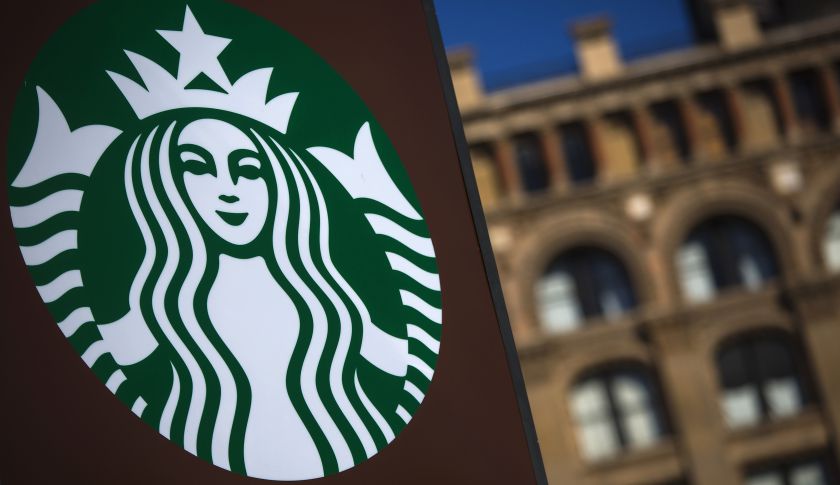
Starbucks is a beverage giant mostly known for selling that morning cup of coffee. The chain has spent years working on a plan to give customers a reason to visit at night, too.
USA Today points to the effort by Starbucks to accelerate efforts to sell wine and beer at the company’s restaurants. Starbucks has confirmed it has applied for liquor licenses at several hundred additional locations throughout the U.S. in recent months, with plans to have most of the stores selling beer and wine by the end of the year.
Starbucks will also sell small plates such as bacon-wrapped dates at two dozen new locations across the U.S., Starbucks told the newspaper.
The strategy makes sense on several fronts. Though Starbucks tries its best to sell food, it essentially remains a beverages company. Roughly 73% of revenue derived at company-operated locations comes from beverages — a mix of coffee, teas, and new offerings such as smoothies and handcrafted sodas. But go into any Starbucks in the evening and there are often far shorter lines and fewer people than in the morning, as the need for that caffeine jolt really dips in the later hours of the day.
Starbucks has a lot of prime real estate in urban markets — so it would make sense it would want to leverage those locations for a night occasion. The company has been testing the concept since late 2010, when Starbucks tried serving wine and beer in a handful of Seattle and Portland locations. It has since expanded testing to other markets. Other restaurant concepts are trying the reverse strategy. Yum Brands’ Taco Bell, for example, has made a big push into breakfast.
Coffee
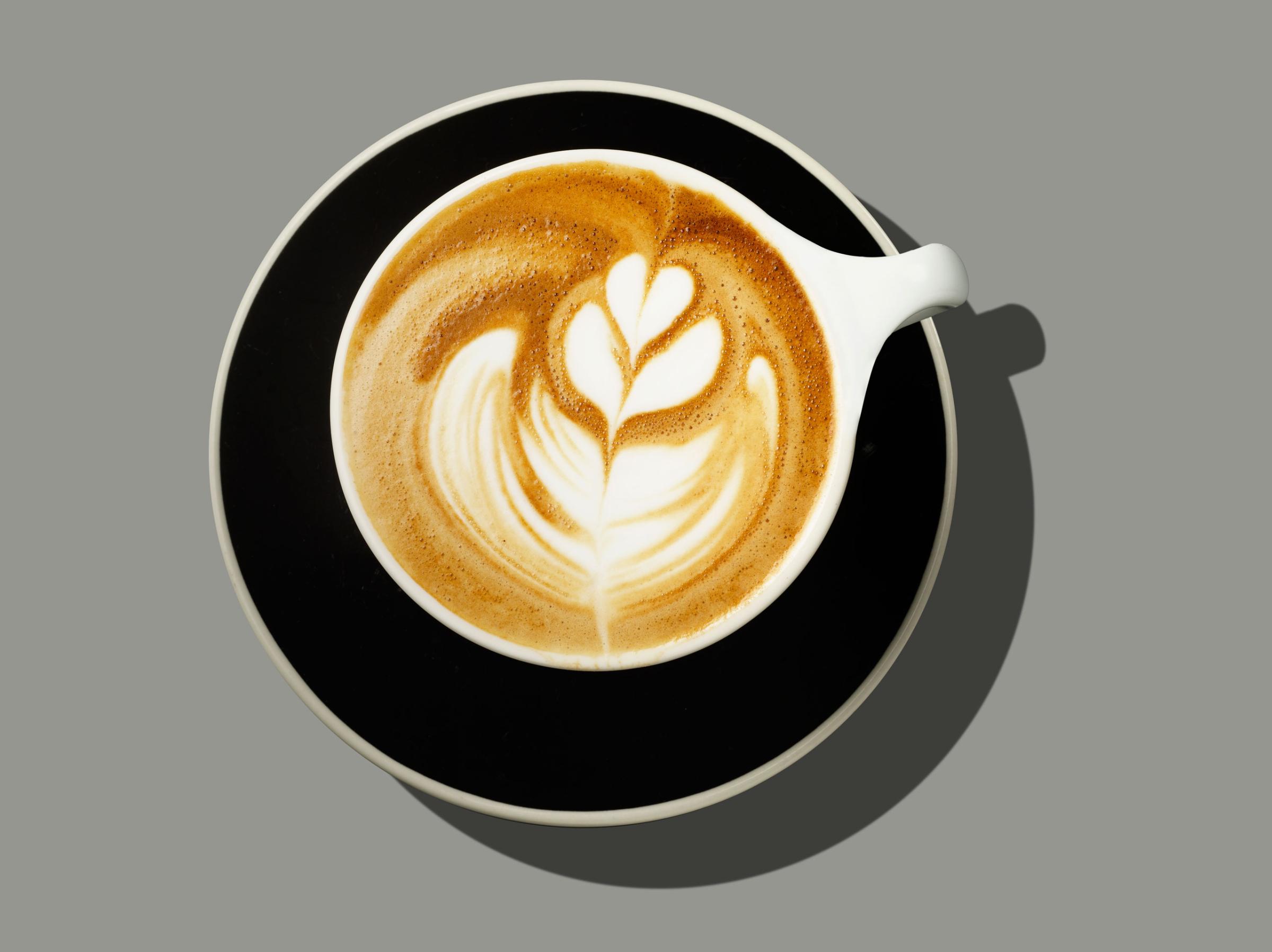
Grabbing some java every morning doesn’t just jump-start your day—that cup of joe has bioactive compounds that may help protect your skin from melanoma (the fifth most common cancer in the U.S.), according to a recent report in the Journal of the National Cancer Institute. Researchers found that the more coffee people downed, the less likely they were to get the disease: Those drinking four cups daily had a 20 percent lower risk of developing malignant melanoma over a 10-year period than non-coffee drinkers.
Watermelon
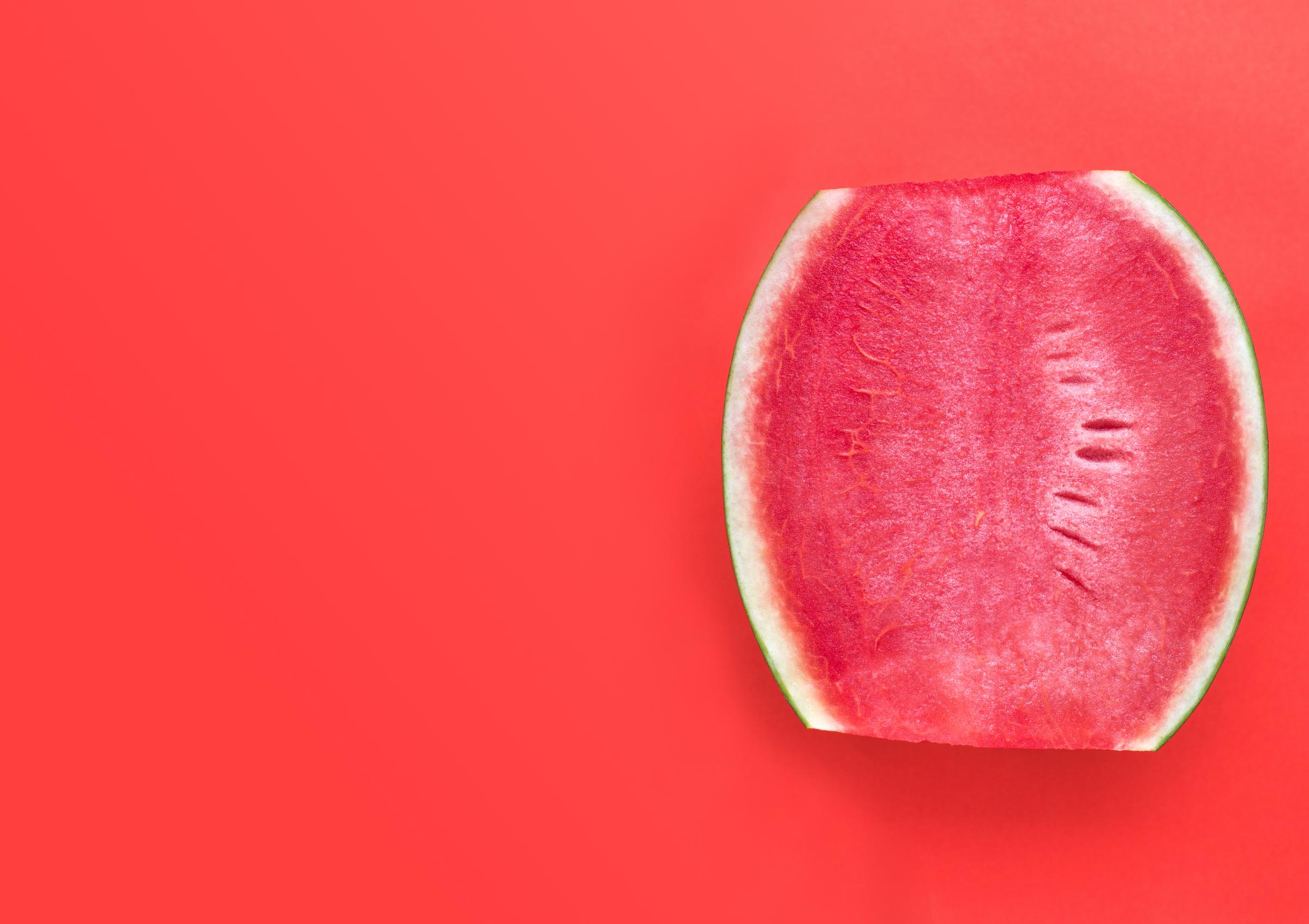
The summertime fave is loaded with lycopene. “This antioxidant compound gives watermelon and tomatoes their red color—and helps skin stave off UV damage,” says nutrition pro Keri Glassman, RD, founder of NutritiousLife.com. Researchers believe that the melon contains as much as 40 percent more of the phytochemical than raw tomatoes; that’s the equivalent of an SPF 3, so use it to bolster (not replace) your daily dose of sunscreen.
Pomegranates

The seeds of this wonder fruit are bursting with antioxidants, like vitamin C, that prevent fine lines, wrinkles and dryness by neutralizing the free radicals that weather skin. A study in the American Journal of Clinical Nutrition found that higher vitamin C intake lessened the likelihood of dryness and wrinkles in middle-aged women. Also in the fruit’s arsenal: anthocyanins (which help increase collagen production, giving skin a firmer look) and ellagic acid (a natural chemical that reduces inflammation caused by UV damage).
Blueberries
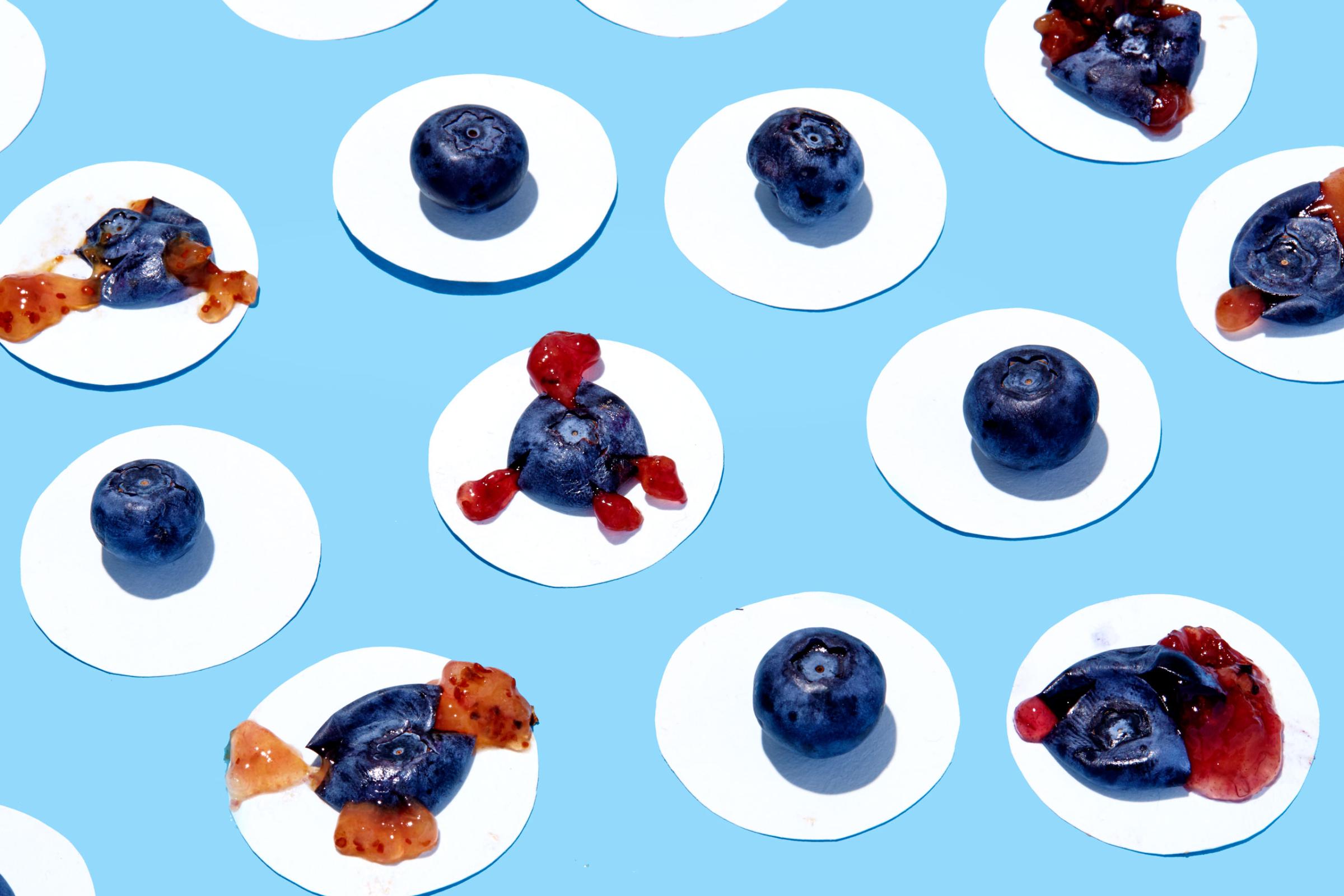
Boost radiance by popping some of these plump little beauties. Blueberries supply vitamins C and E (two antioxidants that work in tandem to brighten skin, even out tone and fight off free-radical damage), as well as arubtin, “a natural derivative of the skin lightener hydroquinone,” Dr. Zeichner says.
Lobster

High in zinc, shellfish has anti-inflammatory properties that can help treat a range of skin annoyances, acne included. “Zinc accelerates the renewal of skin cells,” says Whitney Bowe, MD, clinical assistant professor of dermatology at the Icahn School of Medicine at Mount Sinai. “That’s why you find the nutrient in many acne medications.” In fact, research shows that people with acne have lower levels of zinc than people with clear skin.
Kale
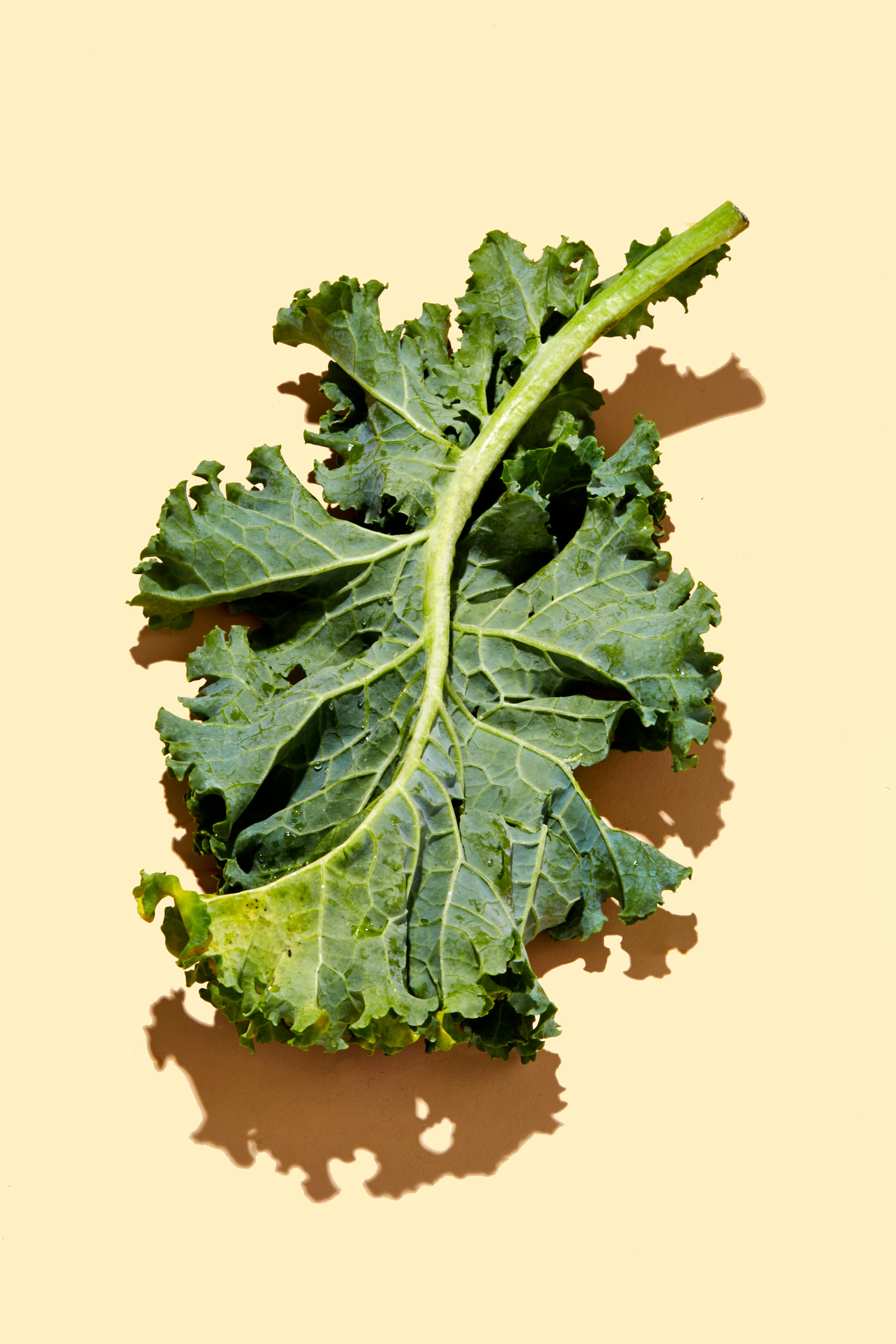
On the long list of this leafy green‘s nutrients are vitamin K (it promotes healthy blood clotting, so the blood vessels around the eyes don’t leak and cause Walking Dead-like shadows) and loads of iron. “Insufficient levels of iron in your diet can cause your skin to look pale, making it easier to spot blood vessels under the skin,” explains Howard Murad, MD, associate clinical professor of medicine at UCLA. To max out the benefits, eat the veggie cooked, not raw.
Eggs
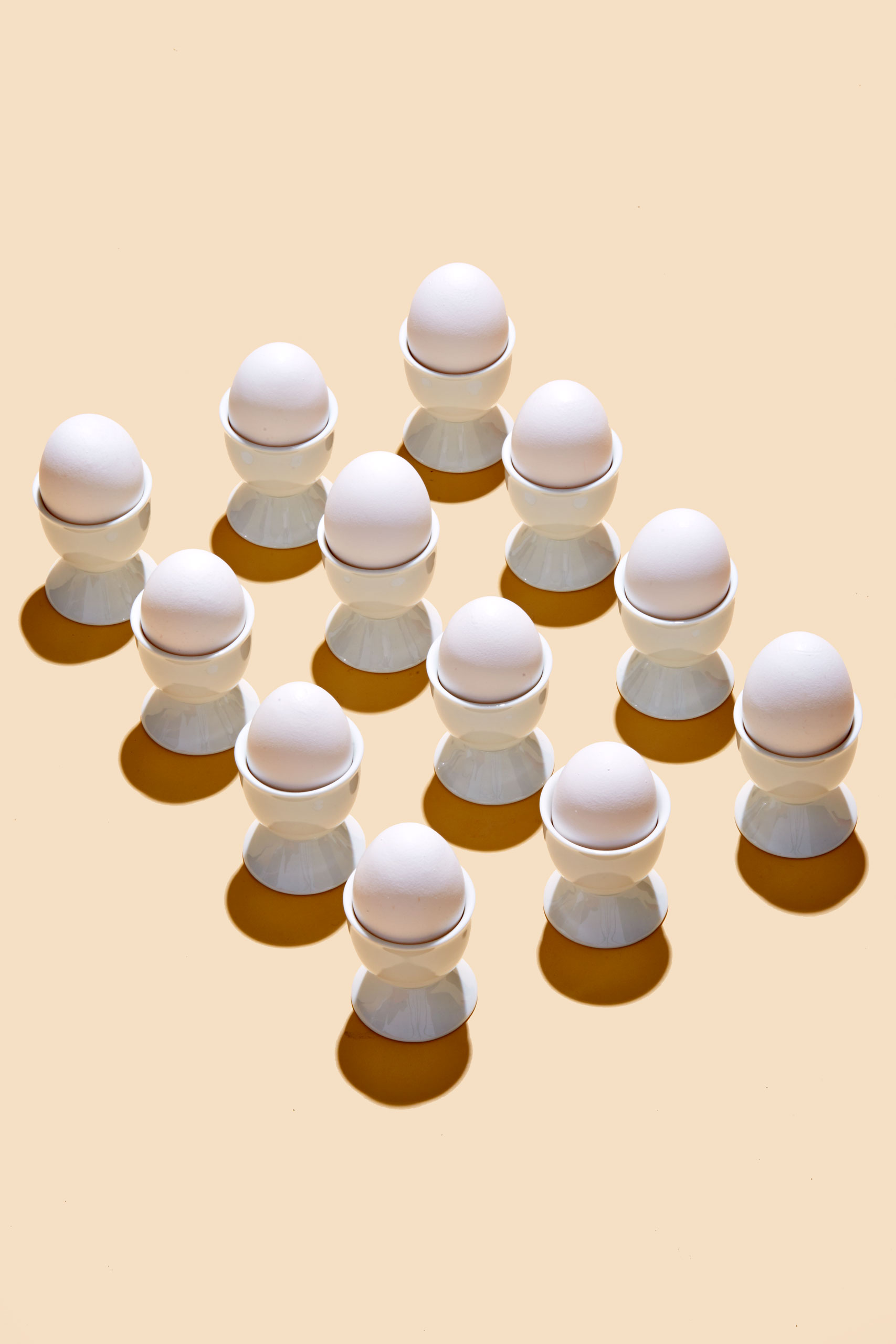
Your fingernails (toenails, too) are made of protein, so a deficiency can turn those talons soft. Keep yours thick and mani-pedi-ready by cracking smart: “Eggs are a good source of biotin, a B complex vitamin that metabolizes amino acids, which are the building blocks of protein,” says Frank Lipman, MD, director of Eleven-Eleven Wellness Center in New York City.
Walnuts
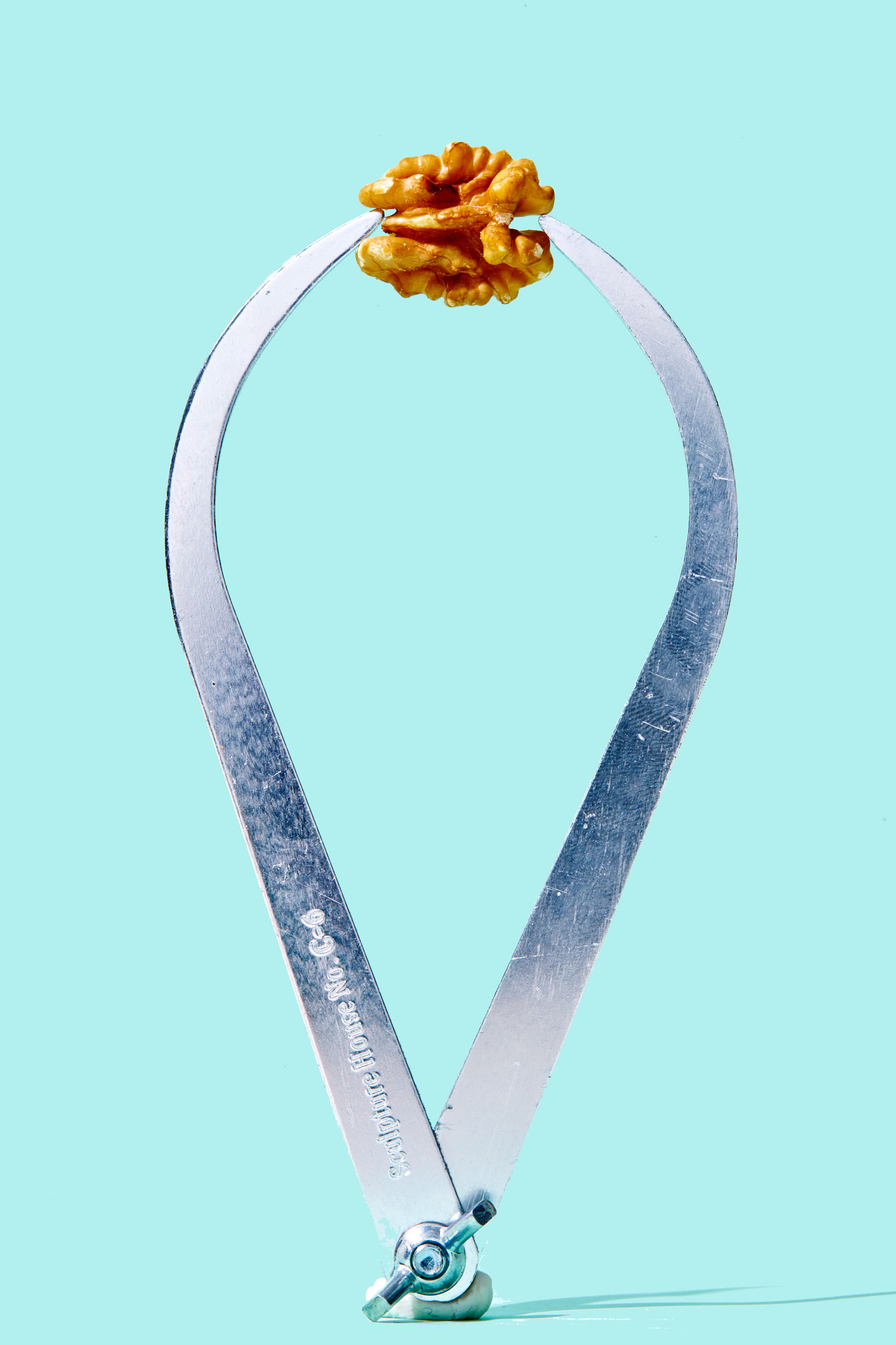
Omega-3 fatty acids (found in the natural oils that keep your hair hydrated) and vitamin E (which helps repair damaged follicles) are two secrets behind strong, lustrous strands—and these nuts are full of both, Dr. Lipman says. All you need is 1/4 cup a day. What’s more, walnuts are packed with copper, which will help keep your natural color rich: Studies show that being deficient in the mineral may be a factor in going prematurely gray.
Avocado
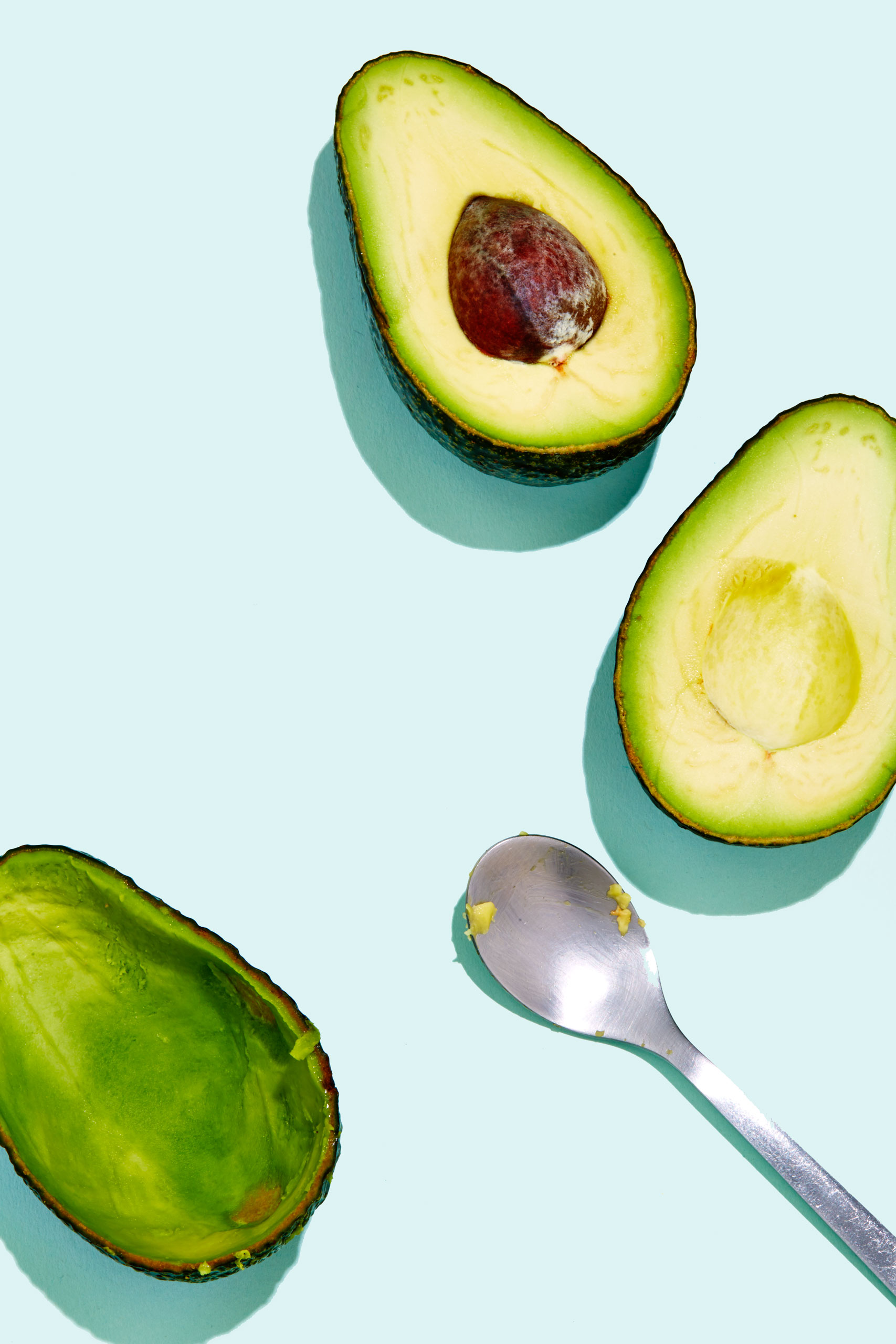
Like you need another reason to love them: These rich fruits are high in oleic acid, an omega-9 fatty acid that helps skin retain moisture in the outer layer to keep it soft, plump and supple, Dr. Bowe says.
Cantaloupe
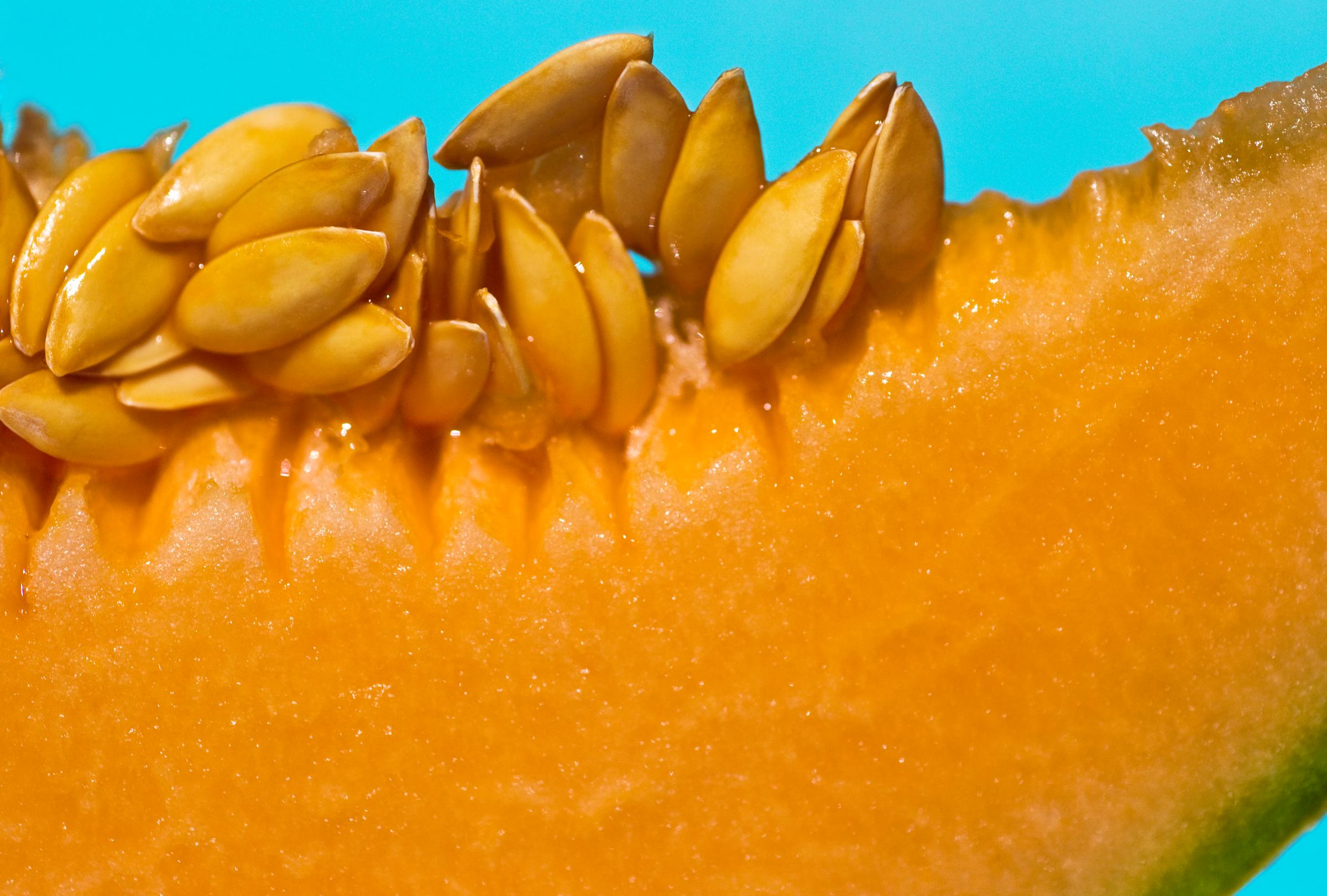
The sweet melon contains beta carotene, or vitamin A, which is believed to regulate the growth of skin cells on your scalp and sebum in the skin’s outer layer, Dr. Zeichner says. This keeps pores from getting clogged and causing flakes.
This article originally appeared on Health.com
More from Health.com:
More Must-Reads from TIME
- Cybersecurity Experts Are Sounding the Alarm on DOGE
- Meet the 2025 Women of the Year
- The Harsh Truth About Disability Inclusion
- Why Do More Young Adults Have Cancer?
- Colman Domingo Leads With Radical Love
- How to Get Better at Doing Things Alone
- Michelle Zauner Stares Down the Darkness
Contact us at letters@time.com